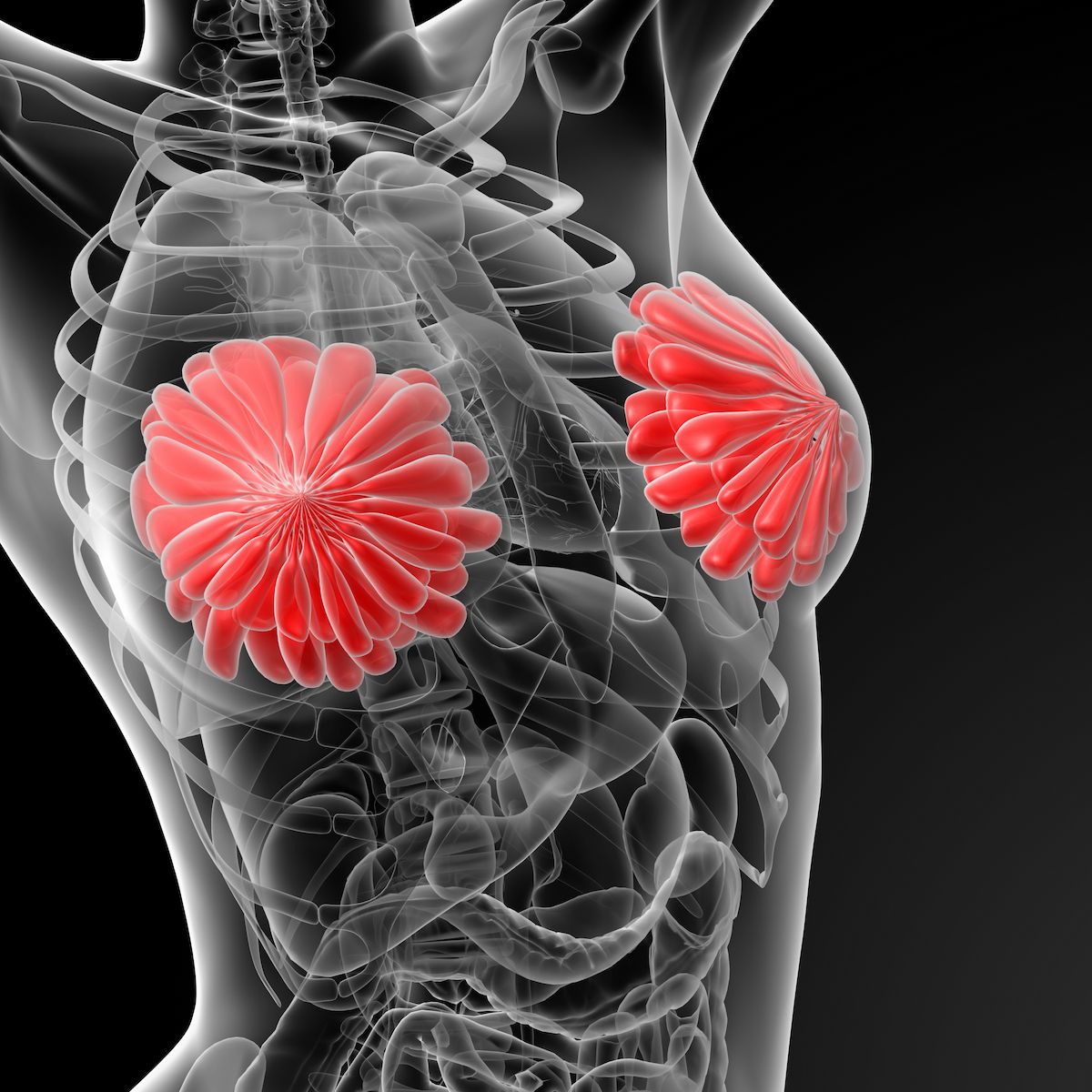Iopromide Injection Receives FDA Approval for Contrast-Enhanced Mammography
Iopromide injection becomes the first FDA-approved contrast agent for visualizing known or suspected breast lesions in adult patients.
"In conclusion, our meta-analysis showed that contrast-enhanced mammography has high diagnostic performance in breast cancer detection, albeit with high heterogeneity and a clear threshold effect," according to the authors of a meta-analysis on contrast-enhanced mammography.

The FDA has approved the iodine-based contrast agent iopromide (Ultravist-300, -370) for use in contrast-enhanced mammography for an adult population, according to a press release from Bayer.1
The iopromide injection is the first contrast agent to receive FDA approval in this indication. Manufacturers designed the injection to visualize suspected or known breast lesions as a supplement for a mammography and/or ultrasound. According to the press release, contrast-enhanced mammography, the practice of combining a digital mammography with a contrast agent like the iopromide injection, is becoming a more prominent modality for identifying breast lesions.
“The approval of [the iopromide injection] in contrast-enhanced mammography gives physicians a new imaging option where conventional mammography might not be enough,” Konstanze Diefenbach, MD, head of Radiology Research and Development at Bayer, said in the press release. “We are pleased to be able to offer additional options for breast imaging to health care professionals, as we aim to support them in their role of providing clear answers from diagnosis to care for patients.”
Investigators performed a systematic review and meta-analysis evaluating the diagnostic performance of contrast-enhanced mammography, the findings of which were published in the journal Radiology.2 Across 60 studies including 11,049 contrast agent evaluations for 10,605 patients, the overall area under the hierarchical summary receiver operating characteristic curve was 0.94 (95% CI, 0.91-0.96), and the pooled diagnostic odds ratio was 55.7 (95% CI, 42.7-72.7) with high heterogeneity (τ2 = 0.3).
The sensitivity rates were 95% with contrast-enhanced mammography with both low-energy and recombined images vs 94% with recombined images alone (P <.001), and the specificity rates were 81% vs 71%, respectively (P = .03).
“In conclusion, our meta-analysis showed that contrast-enhanced mammography has high diagnostic performance in breast cancer detection, albeit with high heterogeneity and a clear threshold effect,” the review and meta-analysis authors wrote. “Bivariate pooled estimates of sensitivity and specificity reached their highest values when [contrast-enhanced mammography] was interpreted using both low-energy and recombined images and jointly considering lesion morphologic characteristics and enhancement. The establishment of a common interpretation framework is warranted to further expand the role of [contrast-enhanced mammography] as a routine breast imaging examination.”
Investigators conducted a systematic search for articles describing the clinical use of contrast-enhanced mammography on December 3, 2018 before a final update on July 15, 2021 using databases including PubMed, EMBASE, Web of Science, and Cochrane Library. Three readers then independently assessed the abstracts and titles of each record, and 2 additional readers reviewed the records.
To reduce the possibility of duplicate data and overlapping patient cohorts, investigators included only the largest sample size or broadest study timeframe for studies that belonged to the same research group. Additionally, investigators included the diagnostic performance averages of different readers if a consensus on the most appropriate method for analyzing data from multi-reader studies was absent. Only the study part with the most comprehensive reporting option with joint interpretation of low-energy and recombined images were considered for overall analysis.
In addition to the iopromide injection, manufacturers previously developed gadobutrol (Gadavist) injection as a gadolinium-based contrast agent used in conjunction with MRI for assessing malignant breast disease in adult patients. Additionally, the MEDRAD Stellant FLEX CT Injection System received clearance in the United States for use in contrast-enhanced mammography with the Certegra Workstation in 2019.
References
- FDA approves Bayer’s Ultravist® (iopromide) injection for contrast-enhanced mammography. News release. Bayer. June 23, 2023. Accessed June 26, 2023. https://rb.gy/i2xos
- Cozzi A, Magni V, Zanardo M, Schiaffino S, Sardanelli F. Contrast-enhanced mammography: a systematic review and meta-analysis of diagnostic performance. Radiology. 2022;302(3):568-581. doi:10.1148/radiol.211412